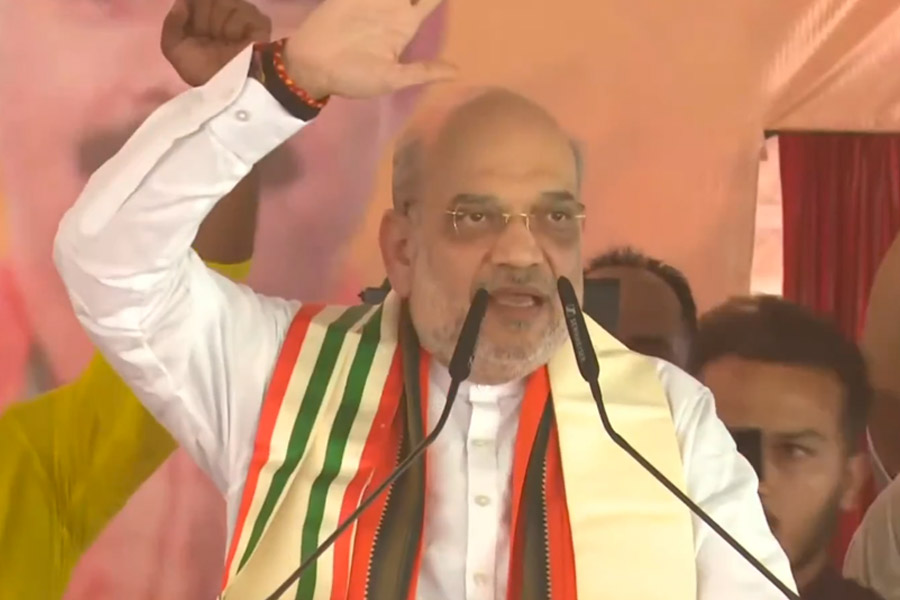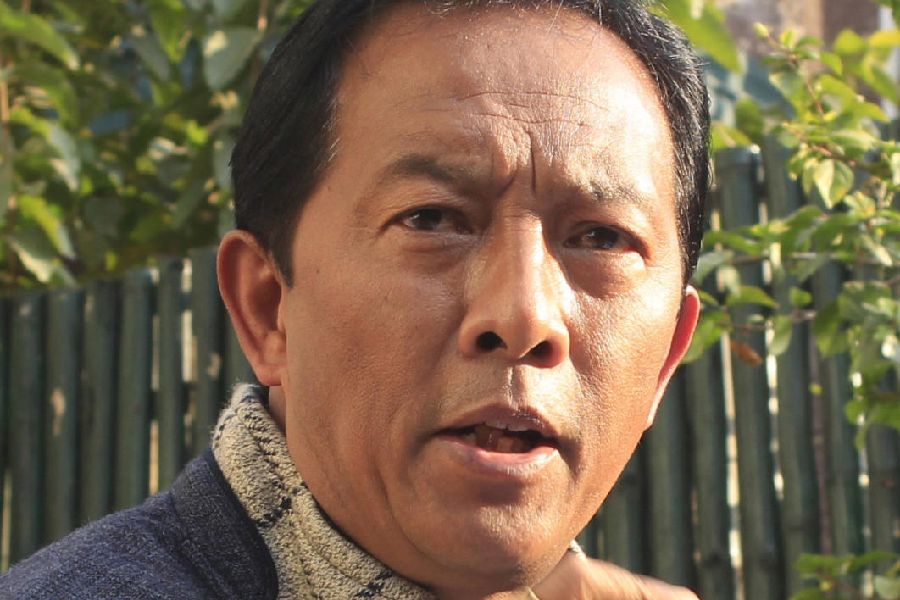Home minister Amit Shah’s recent statement praising Hindu Rashtra proponent Vinayak Damodar Savarkar for being the first to describe the 1857 revolt as India’s first war of independence appears contrary to the government’s position as articulated in Parliament two years ago.
In a written reply to a question in the Lok Sabha on December 18, 2017, then junior human resource development minister Satya Pal Singh had described the 1857 uprising by sepoys as a “larger scale” version of the 1817 rebellion by the Paika militias of Odisha.
Singh was replying to a question posed by then Congress MP Mullappally Ramachandran: “Whether the government has taken any decision to announce Paika Bidroha as first war of independence? If so, details thereof and reasons there for.”
“Paika Bidroha is one of the earliest resistance movements bravely put up by the people against the British colonial rule in India. This uprising was set off in March 1817 and continued until May 1825,” Singh’s reply said.
“Other than Paikas, ordinary peasants, landholders, salt-makers, etc, had all risen in unison against the British during this period making it a popular movement.”
Singh went on to say the Paika Bidroha would feature in the school history books prepared by the National Council of Educational Research and Training, which was then reviewing its textbooks (the revised books became available last year).
“Later, in 1857, we see a movement or uprising of similar nature though on a much larger scale. Therefore, from a historical point of view it can be said that the Paika Bidroha had set an example for the classes as well as the masses in India to follow later on as and when circumstances so warranted,” the minister said.
“Therefore, considering that this is one of the beginnings of popular uprisings against the British in India, it has been decided to include it as a case study in the Class VIII history textbook of NCERT, which deals with the 1857 event.”
The revised book, Our Past III, for Class VIII students describes the Paika rebellion in the chapter “When People Rebel: 1857 and After”.
“It (Paika Bidroha) was the first such popular anti-British armed uprising in Odisha, which had a far-reaching effect on the future of British administration in that part of the country. To merely call it ‘Paik Rebellion’ will thus be an understatement,” the textbook says.
The chapter describes the 1857 uprising as a “massive rebellion”.
“After a hundred years of conquest and administration, the English East India Company faced a massive rebellion that started in May 1857 and threatened the Company’s very presence in India,” it says.
“Sepoys mutinied in several places beginning from Meerut and a large number of people from different sections of society rose up in rebellion. Some regard it as the biggest armed resistance to colonialism in the 19th century anywhere in the world.”
Shah had on Thursday said: “It was he (Savarkar) who wrote that the uprising of 1857 (portrayed by British historians as a mere mutiny or revolt by sepoys) was the first Indian war of independence. Otherwise, we would have still been looking at this event through the eyes of the British.”
Pritish Chandra Acharya, a professor of social sciences and humanities at the Regional Institute of Education, Bhubaneswar, said that labelling resistance movements as first or second was not the way to understand historical developments.
Before the 1857 rebellion, he said, there had been many instances of popular resistance to British rule. Immediately after the 1757 Battle of Plassey, there was the Sanyasi rebellion of 1761 in eastern India when the British tried to restrict the Sanyasis from moving in groups. Many landlords had supported this rebellion, which continued for almost 40 years.
In 1799, there was the Poligar uprising against the British in Tamil Nadu. People had rebelled against British occupation in the Parlakhemundi area of present-day Odisha in the 1760s. The Santhals revolted in the 1850s in present-day Jharkhand, Acharya said.
Since Britain did not annex the country at one go, the timings of the various popular revolts owed to the situation and the time of annexation, he said. Since the British conquered Bengal first, the early rebellions were witnessed in Bengal; when they later annexed other places, they too witnessed uprisings.










